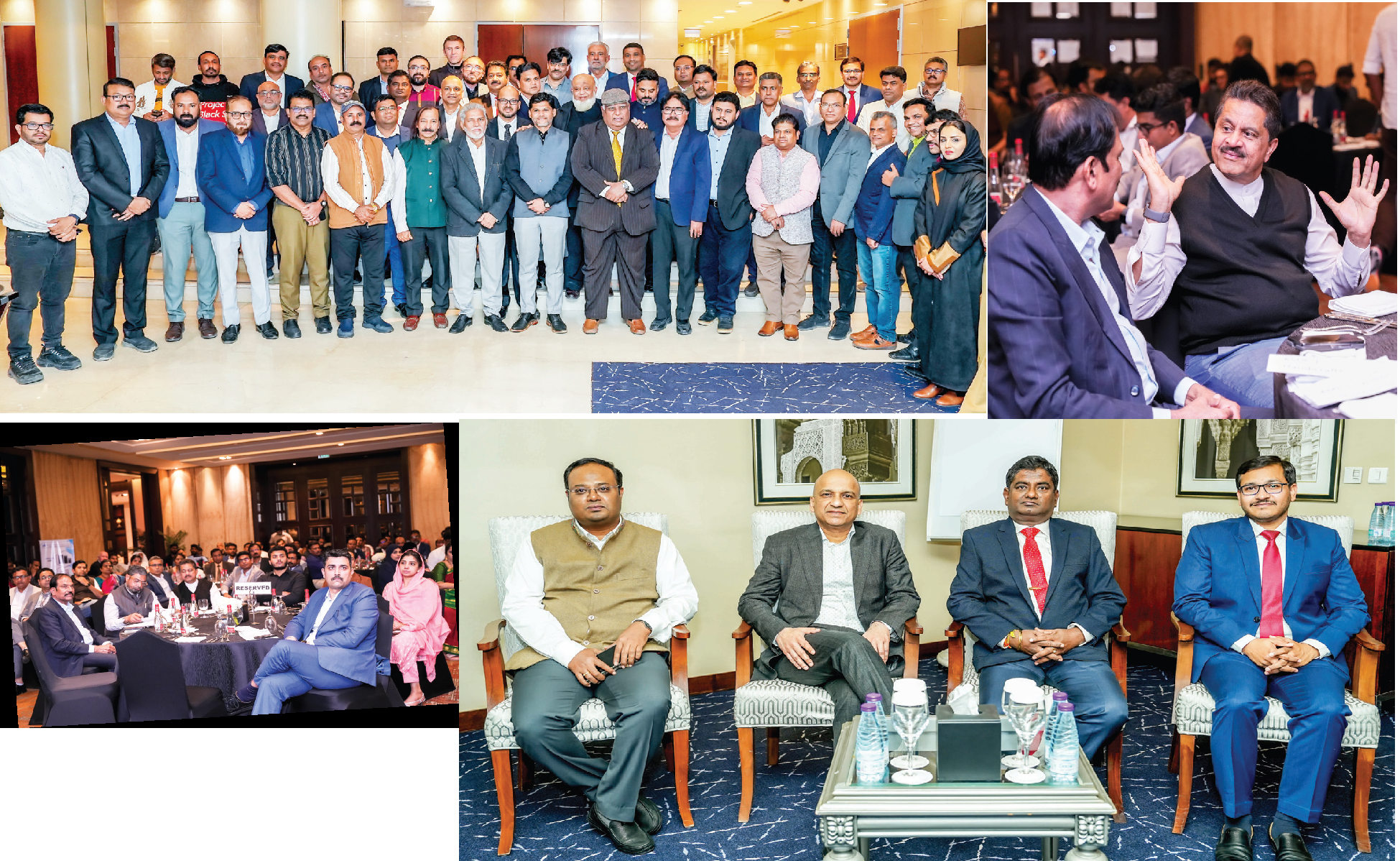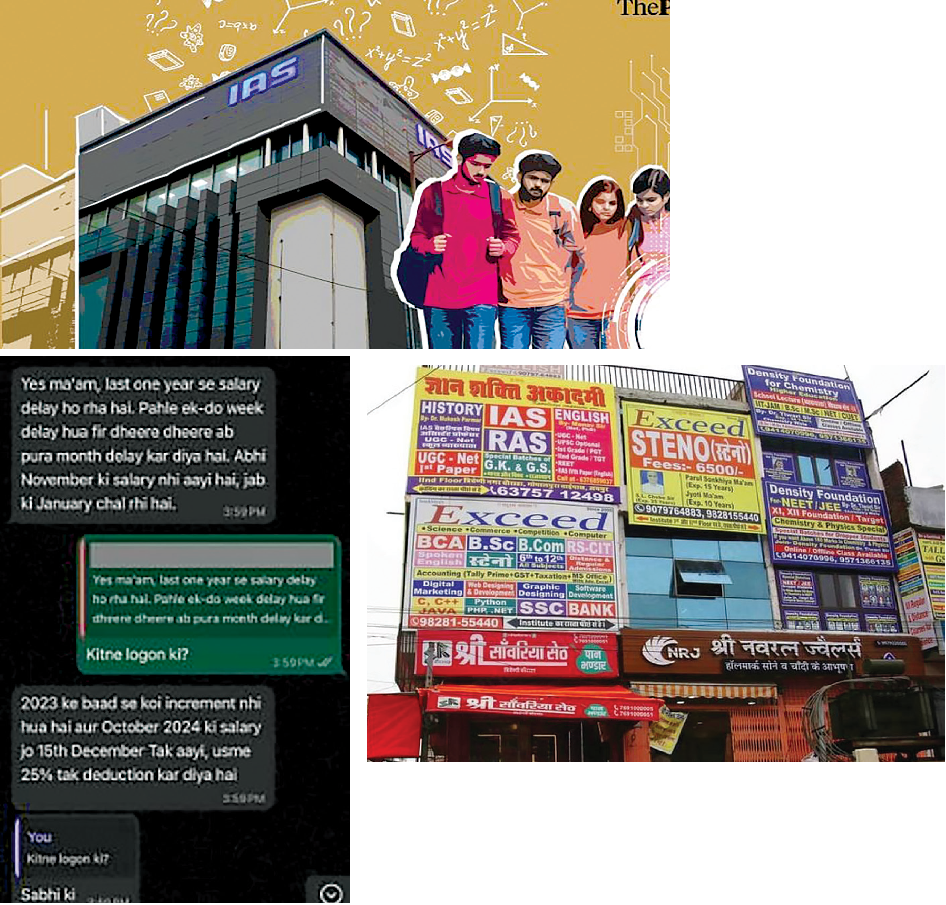
A quick scan of digital payments
K Shajil Kumar
Digital payments have now gained wide currency. From being the preserve of stores and supermarkets, it has now trickled down right up to street vendors. Be it a vegetable seller, flower seller, tender coconut seller, or milk seller, a laminated QR code holds a pride of place in their pushcarts. For them, it has become an aspirational prop to do business in the world’s secondlargest smartphone market.
The QR code has taken forward from what swipe machines had done to popularize the use of debit cards and credit cards as cashless alternatives. They have made cashless transactions much more inclusive, as unlike swipe machines they don’t need costly trappings such as electricity, broadband connectivity or hassles like waiting for one-time passwords.
For buyers also there is no need to establish your creditworthiness with credit card firms, nor pay joining fees. All that is required is a bank account, a smartphone to download a payment app to scan those QR codes. This two-dimensional pattern of square black and white dots has changed the way we pay the vendors, cabbies and auto drivers, hairdressers and even altered the way we lend or borrow money among friends. It has also become an icebreaker when loose change is not around.
Japanese engineer Hara Masahiro has been credited with inventing the QR code more than 25 years ago. He claims he got the ‘eureka moment’ while playing the popular Japanese board game ‘Go on’ during a lunch break. While arranging the black and white pieces on the grid,he felt it could be used as a way to convey information. His company Denso was receptive to his idea and deployed a team to develop the codes as we see them today.
A QR code is now seen as a major enhancement over the conventional barcodes, as they can embed much more information than those bunch of vertical lines with varying widths and spacing.
In India, QR codes started gaining visibility barely 5-6 years ago and were considered synonymous with Paytm. Though this digital payment firm has been in existence since 2010, it saw a rapid rise in its user base when the Indian government banned high-value currency notes in November 2016.
As cash became scarce, people began scurrying for cashless alternatives and there was a heavy rush to download Paytm from Google Play store. Paytm enjoyed this first-mover advantage for a while, but its dominance soon came under threat with the implementation of Unified Payments Interface (UPI), an instant real-time payment system developed by the National Payments Corporation of India to facilitate inter-bank transactions. Its instant payment scored over Paytm’s transfer mode, which involved multiple legs, including the transfer of money from a bank account to the wallet and then to the beneficiary. Google Pay and PhonePe took the UPI route and turned the heat on Paytm, and it was forced to play catch-up by logging on to UPI, but it was too late.
Google Pay initially gained an unassailable lead in digital payments, but PhonePe soon began making rapid strides, and around December last year it even upstaged the former to become the top digital payments platform.
As per the May 2022 figures, PhonePe enjoys a market share of 47.6% and Google Pay (35.6%), while Paytm comes a distant third at 15.2%. Covid-19 pandemic and the lockdowns made digital payments a necessity as cash was seen as a possible purveyor of the invisible virus, which wreaked havoc across the country in three waves.
Digital modes of payment were seen as a safer alternative, both by the customers and vendors. The laminated square black and white dots of QR codes became a great enabler in keeping the virus at bay.
 English daily published in Bengaluru & Doha
English daily published in Bengaluru & Doha






